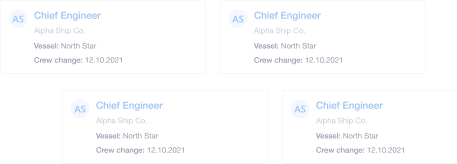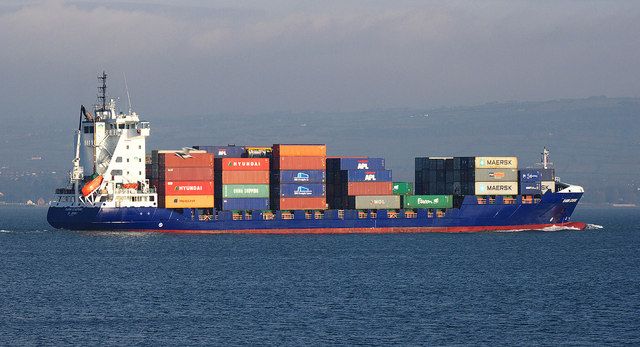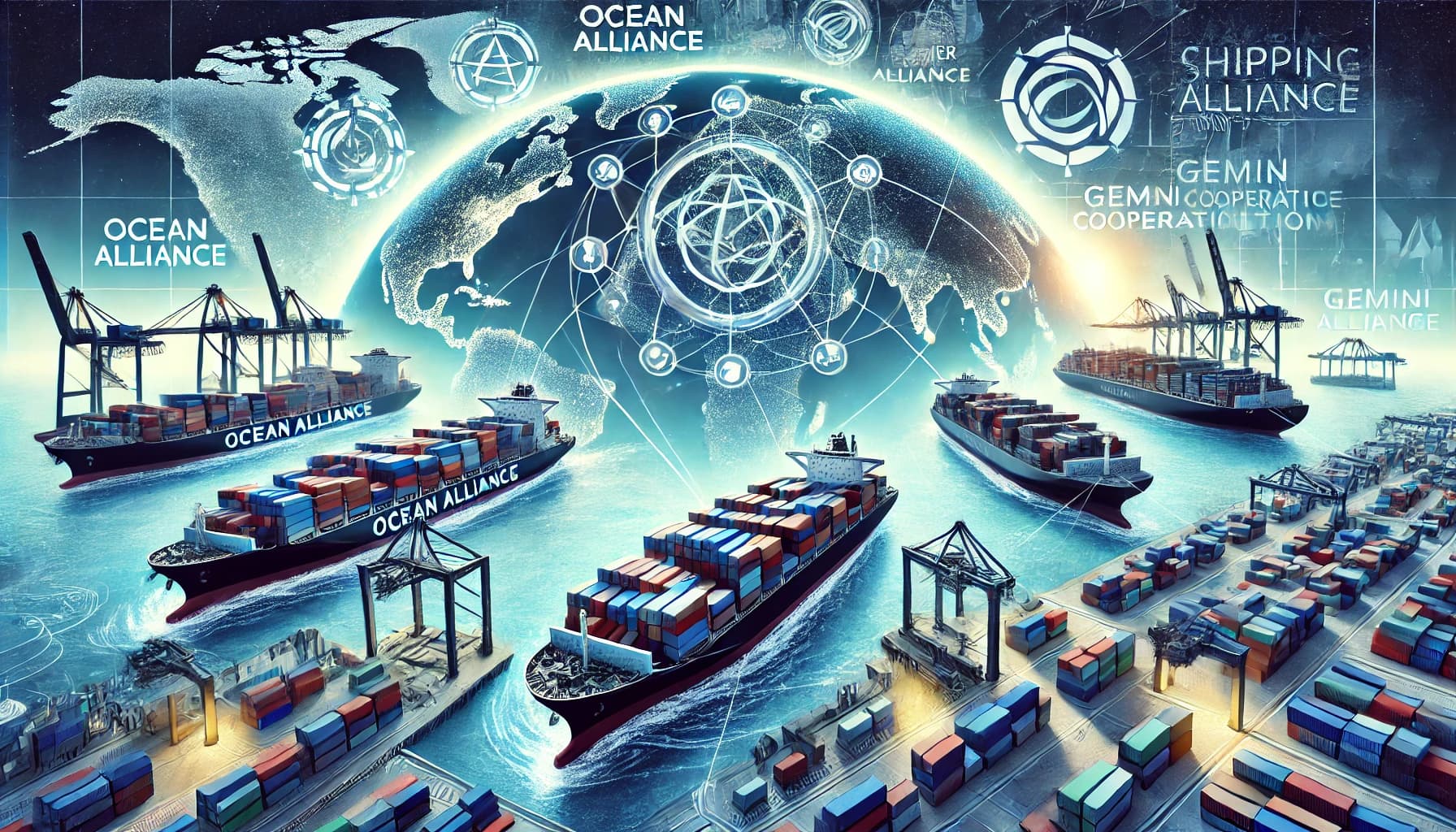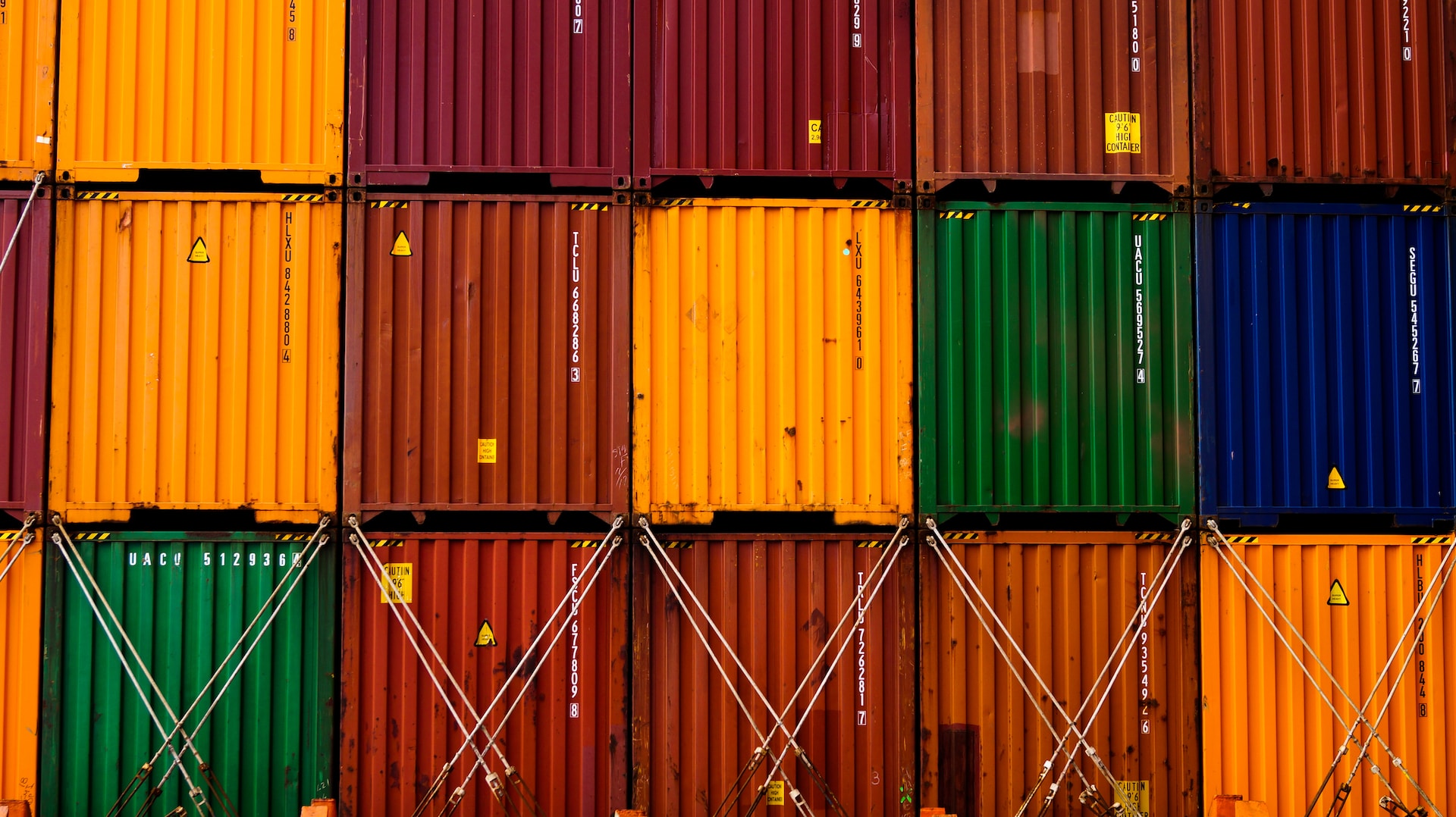A feeder vessel, feeder ship or feeder container ship is a medium sized freight ship. Its job is to collect shipping containers from a port and then transport them to transhipment hubs or central container terminals so the containers can either be loaded onto larger vessels to complete their journey, or onto other types of vehicles so that they can be transported inland.
That’s the short answer, but if you’re here to find out a little more about feeder vessels, then keep reading!
This is one in a series of blog posts in which we take a look at different types of boats, yachts, ships and vessels, from icebreaker ships to heavy lift vessels to lightships to chemical tankers to car carriers to dredgers to fireboats to gas carrier ships to crane vessels to cruise ships to tugboats and beyond.
And in this post we’re going to explore one of the unsung heroes of the oceans.
What are feeder cargo vessels and what do they carry?
As you might have guessed, feeder ships get their name from the fact that they ‘feed’ larger cargo ships with containers. The reason for this is that some vessels are too big physically to call at smaller seaports or at ports that are inland, or sail where the water is not deep enough.
And of course this also works in reverse, so that goods that have been manufactured in Place A and then transported to an inland port via canal or river, can then be loaded onto the feeder so they can be taken to their ‘mother’ ship that is berthed elsewhere, ready to undertake the next leg of their journey to their destination port.

ARE YOU LOOKING FOR JOBS ON CONTAINER FEEDER VESSELS? VIEW MARTIDE’S CONTAINER FEEDER SHIP JOBS NOW!
And as mentioned above, feeders also transport containers to major ports for onward shore-based transportation, and they are also used to move containers between smaller ports.
Read more: Everything You Need to Know About Mining Ships
For example from one European port to another, or domestically such as on the Great Lakes - Lakes Superior, Michigan, Erie, Huron, and Ontario - in the United States and Canada.
Feeder ships are often an integral part of a logistical process known as the hub and spoke model. Imagine a bicycle wheel with the hub at the center and the spokes leading outwards (and inwards) and you’ll have some idea of how the model works.
What is the hub and spoke model in logistics?
In shipping, the hub is the central container terminal or transhipment hub and the spokes represent the lines of transportation, with vehicles - in our case feeder ships - moving products to and from the hub.
Larger vessels will berth at the hub, ready to receive the feeder’s cargo to then transport it to its final destination.
Read more: Everything You Need to Know About Coaster Vessels
The increasing use of ‘mega ships’ has created a growing demand for feeder vessels to operate as ‘go-betweens’ and many businesses are adopting the hub and spoke model in order to shorten travel times - and therefore fuel emissions and costs.
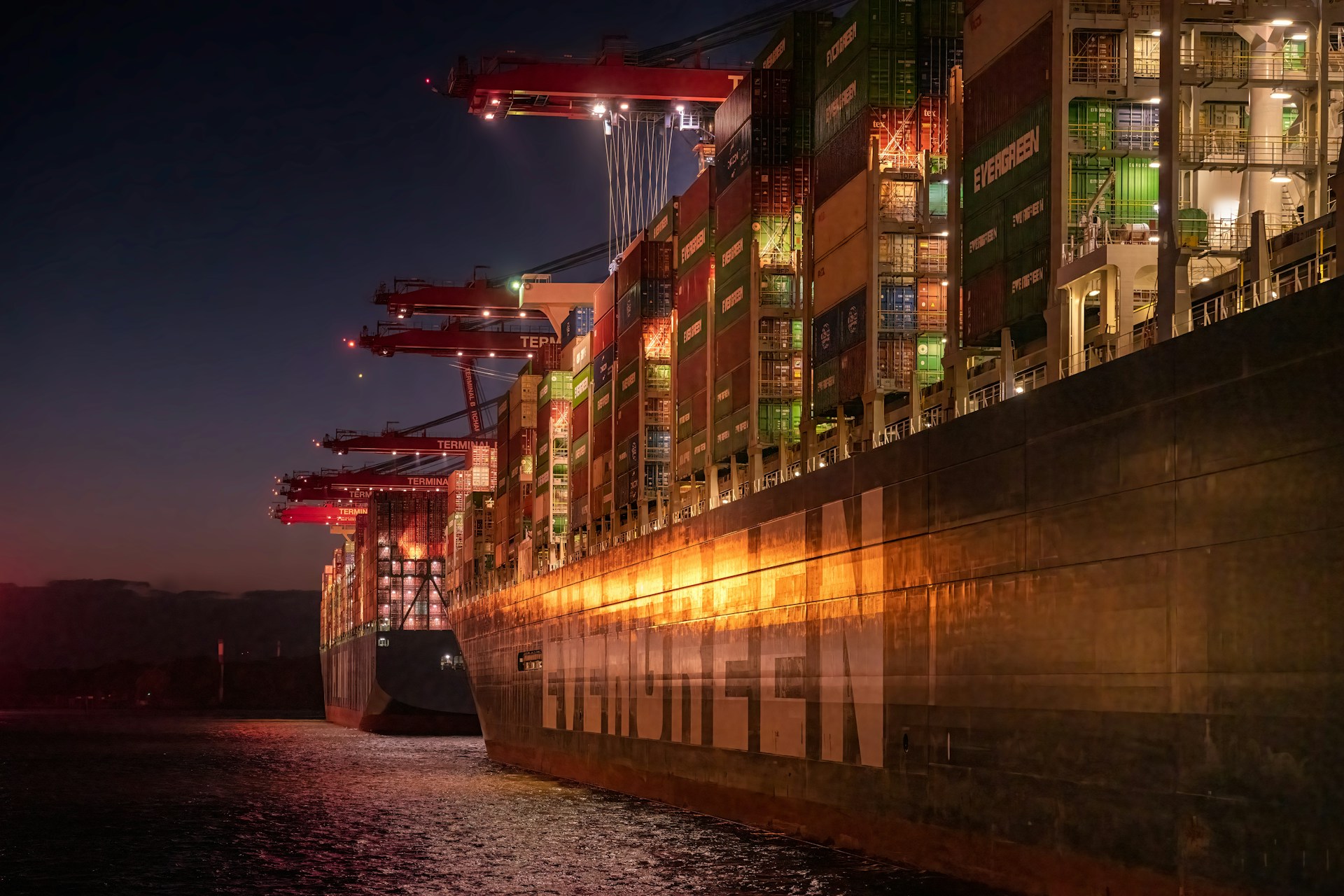
How big are feeder vessels?
Feeder vessels are medium-size container ships. The largest can carry up to 3000 TEUs whilst the smallest may only have 300 TEU capacity. Broadly speaking, a feeder ship has an average capacity of 300 to 1000 TEU.
Read more: Everything You Need to Know About LNG & LPG Tankers
Hold on - what’s a TEU?! TEU stands for Twenty-foot Equivalent Unit. It is a measure of volume in units of twenty-foot long shipping containers. Therefore one 20-foot container equals one TEU.
In addition, there are three different categories of feeder ships:
- Small Feeder - can carry up to 1000 TEUs
- Feeder - can carry up to around 2000 TEUs
- Feedermax - can carry up to around 3000 TEUs
Bear in mind that the very largest cargo and container ships have a capacity of up to 25,000 TEU, meaning that they can carry the equivalent of at least 8 feeder vessels - and at most 80+ feeders.
What do feeder ships look like?
To the untrained eye, a feeder vessel looks just like a container ship. Shipspotters (yes, they exist!) and those in the industry, however, will usually be able to recognize a feeder by its smaller size.
Read more: Everything You Need to Know About Cable Laying Ships
One thing you will notice about some feeder ships is that they have their own loading gear - crane hooks, ropes, winches and loading booms - onboard.

ARE YOU LOOKING FOR JOBS ON CONTAINER FEEDER VESSELS? VIEW MARTIDE’S CONTAINER FEEDER SHIP JOBS NOW!
This is because many smaller or inland ports and terminals do not have the space required for lifting equipment such as gantry cranes. Thanks to the feeder having its own equipment, containers can be easily on- and offloaded, no matter how minimally a port is equipped.
Feeder vessels are also slower than their larger counterparts.
Feeder vessels: Conclusion
Small Feeders, Feeders and even Feedermax vessels might not be as big and fast and travel as far as other container and cargo ships and bulk carriers such as Panamax or Supramax vessels, but their importance to the domestic and global supply chain, and to the maritime industry in general, should not be underestimated.
Read more: Everything You Need to Know About Pilot Boats
If it wasn’t for the humble feeder (and her hardworking crew, of course) the hub and spoke model in logistics would grind to a halt and the knock on effect of that would be huge in terms of shipping the world’s goods and products from their place of manufacture or origin to their destination markets - and on to the end user or customer.
Want to learn more about other types of commercial vessels?
There are so many different vessels that fall under the umbrella of ‘cargo ship’ that to take a deep dive into them in one blog post would be too much. That’s why we’ve written lots of articles about lots of vessels!
Read more: Everything You Need to Know About Offshore Vessels
For example, have you ever wondered what a RoRo ship is, what specific cargo it transports and what the difference is between it and a passenger ferry?
ARE YOU LOOKING FOR JOBS ON CONTAINER FEEDER VESSELS? VIEW MARTIDE’S CONTAINER FEEDER SHIP JOBS NOW!
How about finding out more about fishing vessels, bulk carriers or oil tankers? Now’s your chance to find out!
And don’t forget to download our seafarer job app for iOS or Android from the Apple App Store or from Google Play either!
Read the previous article in this series: Everything You Need to Know About RoRo Ships
Read the next article in this series: Everything You Need to Know About Icebreaker Ships

Eve Church
Eve is Martide's content writer, publishing regular posts on everything from our maritime recruitment and crew planning software to life at sea. Eve has been writing professionally for more than two decades, crafting everything from SEO-focused blog posts and website landing pages to magazine articles and corporate whitepapers.
UK
